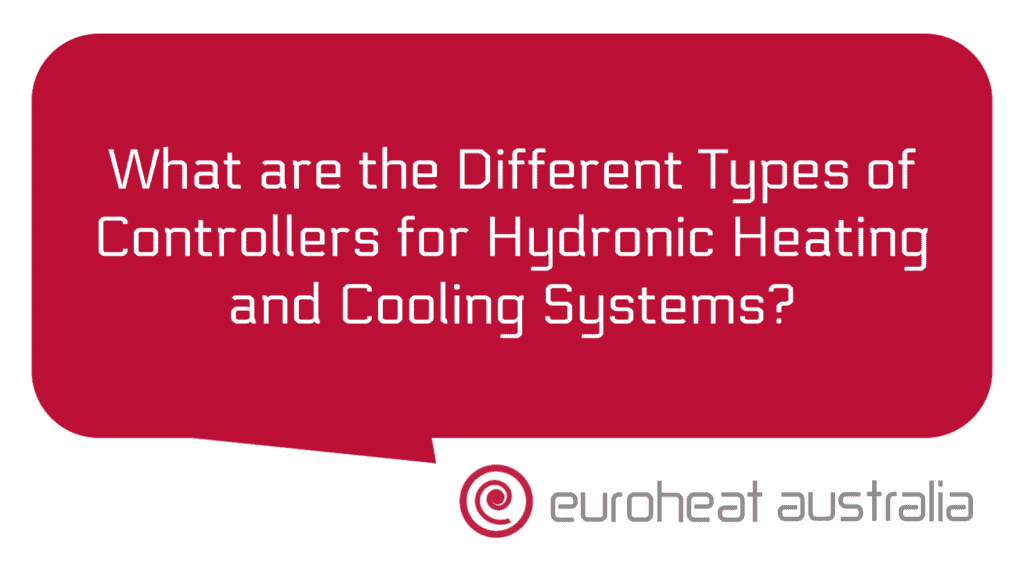Hydronic heating and cooling systems are becoming increasingly popular with Australian homeowners. With energy prices on the rise, many Australians are looking for ways to save money and reduce their energy bills. Hydronic heating and cooling systems provide a great solution to this problem, as they can help to reduce your energy costs while also providing a comfortable living environment.
The key component of any hydronic heating and cooling system is the controller. The controller is responsible for controlling the temperature of the system and ensuring that it performs efficiently. There are several different types of controllers available for hydronic heating and cooling systems, each with their own advantages and disadvantages. In this article, we will look at the different types of controllers available for hydronic heating and cooling systems and discuss the benefits of installation and use.
The first type of controller is a thermostat controller. This type of controller is used to regulate the temperature within a room or area by controlling the flow of hot or cold water through pipes connected to radiators or air conditioners. Thermostats can be either manual or programmable, allowing you to set a desired temperature range. This type of controller is ideal for those who want to have precise control over their temperature settings without having to constantly adjust them manually.
The second type of controller is an electronic thermostat controller. This type of controller uses sensors placed throughout the home to detect changes in temperature, then adjusts the flow rate accordingly in order to maintain a comfortable temperature level in all areas of the home. Electronic thermostats offer greater accuracy than manual thermostats, but require more complex wiring setup compared to manual thermostats.
The third type of controller used in hydronic heating and cooling systems is a zone control system. This type of controller allows you to program different temperatures for different areas within your home, allowing you greater flexibility in controlling your energy costs by only using energy where it’s needed most.
Finally, there are remote access controllers which allow you to control your hydronic heating system from anywhere via internet connection or via smartphone app or voice commands using virtual assistants like Alexa or Google Home Mini devices . These controllers provide an even greater level of convenience as they allow you to monitor your system remotely without ever having to leave your home!
No matter which type of controller you choose for your hydronic heating system, there are numerous benefits that come with installing such a system in your home:
Not only does installing such a system help save money on energy bills due to its efficiency; it also helps reduce workload since there is no need to constantly adjust settings manually – all adjustments can be done remotely from anywhere with internet connection! Additionally, hydronic heating systems are very quiet – unlike traditional air conditioners that generate loud noise during operation – which makes them ideal for those who prefer a peaceful living environment free from distracting noise levels!
If you’re looking for reliable engineers & installers that design & construct high-quality hydronic heating & cooling systems with 30 years experience then look no further than Euroheat Australia based here in Perth! Their experienced team can design & construct custom-made hydronic solutions tailored specifically towards meeting all your needs while helping you save money on energy bills due their efficient designs & installation services! So what are you waiting for? Get started today & make sure you’re making efficient use out of every drop when it comes down taking care off all your domestic needs!





